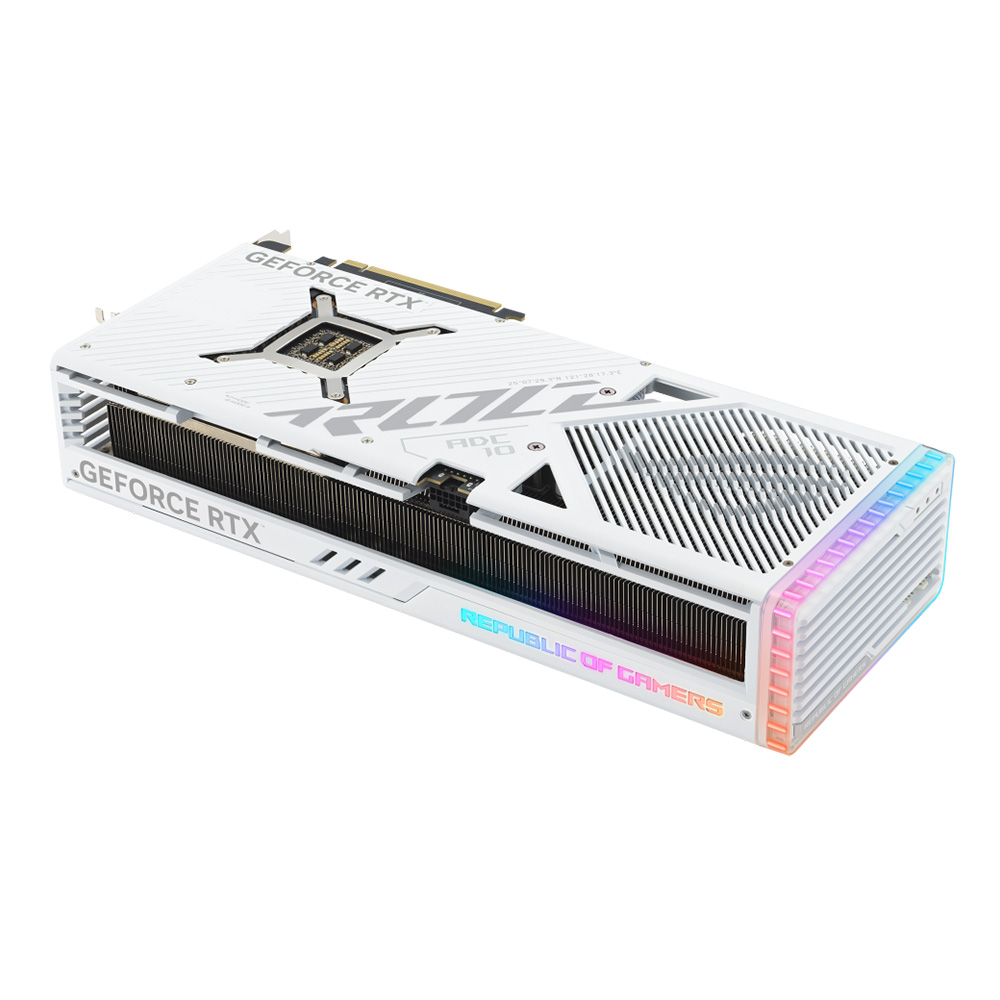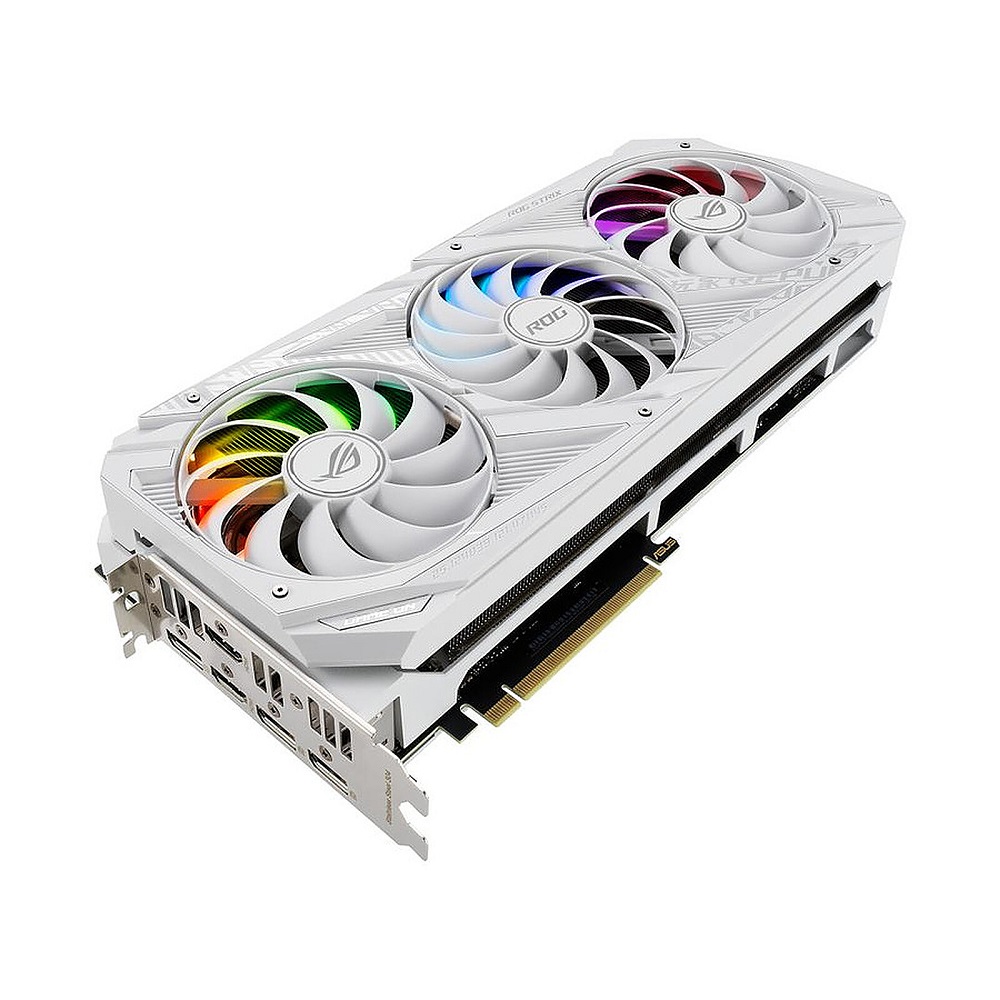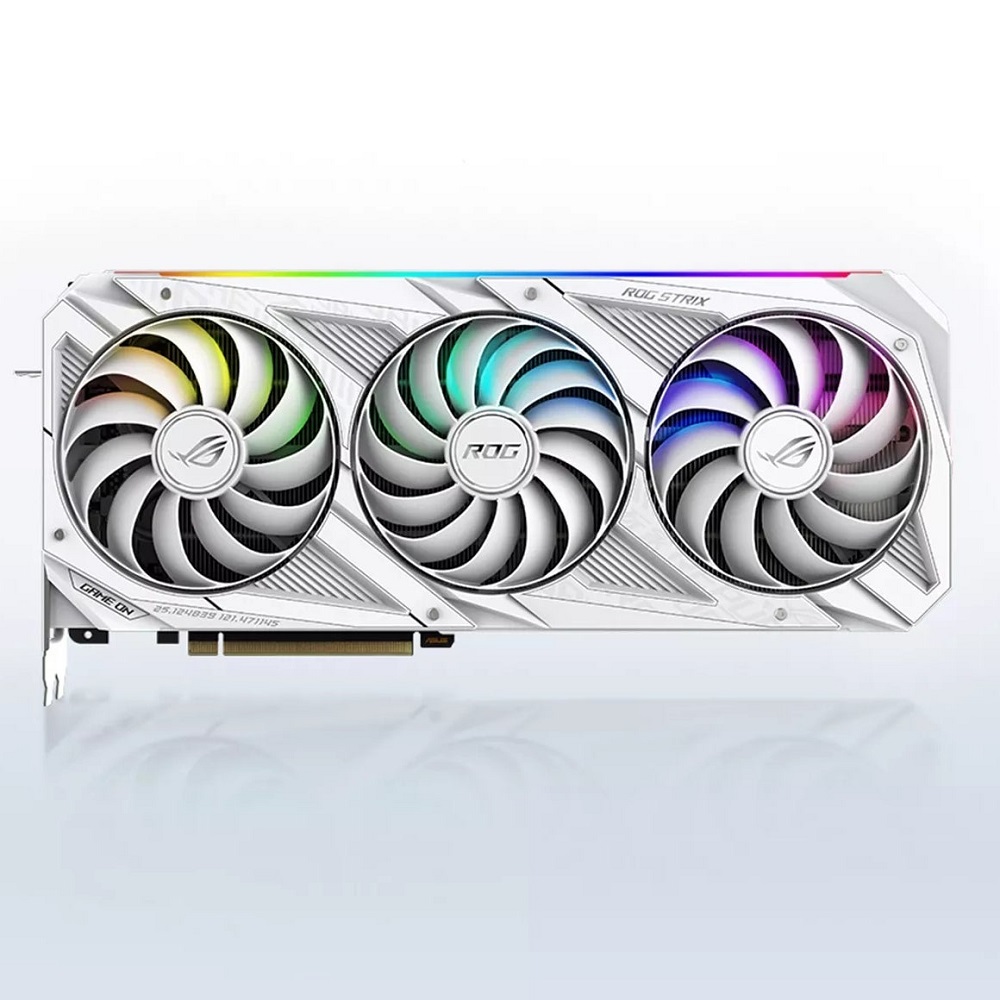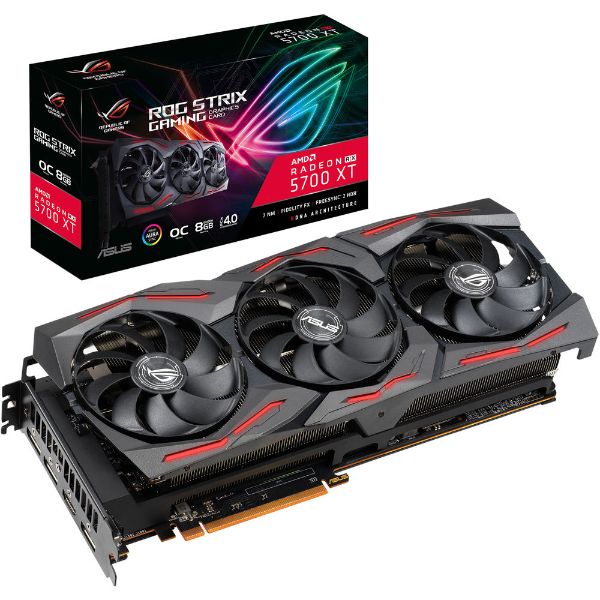Building a PC is an exciting endeavor for tech enthusiasts, gamers, and professionals alike. One of the critical components that come under consideration is the graphics card. However, many first-time builders ponder whether a graphics card is necessary to get their PC up and running. Do you need a graphics card to run a pc? In this article, we will explore the role of graphics cards and their necessity in different PC builds.
Understanding the Function of a Graphics Card
What Does a Graphics Card Do?
A graphics card, also known as a video card, is responsible for rendering images to the display. It contains a dedicated graphics processing unit (GPU) that takes data from the CPU and turns it into pictures. From gaming to video editing, graphics cards can be crucial for tasks that demand high graphical performance.
Types of Graphics Cards
Graphics cards come in various forms, from integrated GPUs that are built into the CPU, to discrete options that are separate hardware components. Integrated graphics are sufficient for basic tasks, while discrete graphics cards provide the additional horsepower needed for more graphics-intensive activities.

The Necessity of Graphics Cards in PCs
Can A PC Run Without a Graphics Card?
Yes, a PC can run without a discrete graphics card provided it has an integrated GPU. Modern CPUs often come with graphics capabilities built-in, which can handle basic tasks such as web browsing, office applications, and media playback. For many users, this might be all that is needed.
Use Cases for Discrete Graphics Cards
Discrete graphics cards are essential for use cases involving demanding graphics requirements. This includes gaming at high resolutions, 3D rendering, video editing, and running VR applications. In these scenarios, a powerful graphics card is necessary to deliver the performance and detail required by such activities.
Budgeting and Performance Considerations
Balancing Cost and Graphics Needs
When building a PC, budget plays a significant role in deciding components. If you’re not a gamer or a professional who needs intensive graphics processing, you could save considerable money by using integrated graphics or settling for a less expensive graphics card.
Upgradability for Future Proofing
One of the advantages of building your own PC is the option to upgrade components. Even if you start with integrated graphics, you can always add a discrete graphics card later to boost performance. Make sure your motherboard has the necessary slots and your power supply has the capacity to accommodate a graphics card if you choose to upgrade.
Integrated vs. Discrete Graphics for Everyday Computing
Daily Tasks with Integrated Graphics
For everyday computing tasks such as emailing, browsing the web, and using office applications, integrated graphics are often more than sufficient. Given the advancements in integrated GPU technology, many users will find that there is no need for additional graphics hardware.
When You Might Need More Than Integrated Graphics
However, there are some instances outside of gaming and professional work where a discrete graphics card might be beneficial. If you have multiple monitors, enjoy watching high-definition videos, or dabble in light gaming or photo editing, a lower-end discrete graphics card could improve your overall experience.

Making the Right Choice for Your PC Build
Assessing Your Computing Requirements
To decide whether you need a graphics card for your PC, you must assess your computing needs. Make a list of tasks you expect to perform on your PC, and research whether a discrete GPU would significantly enhance performance for those activities.
Considering Compatibility and Power
In addition to performance needs, compatibility and power requirements are important. Check if your chosen CPU offers integrated graphics, and if you decide on a discrete GPU, make sure your system can support it. Consider the power supply wattage and the physical space within your case when selecting a graphics card.
Graphics Card for Gaming
Importance for Graphically Intense Games
Gamers value graphics cards for their ability to render fast-paced visuals smoothly. Most modern games require advanced graphics capabilities that only a discrete GPU can provide. If gaming is a priority, investing in a graphics card is non-negotiable for a seamless and immersive gaming experience.
Selecting the Right Card for Gaming Needs
Choosing a graphics card for gaming should involve researching game requirements, display resolutions, and desired performance levels. Not all games have the same demands, so it’s important to consider the specific titles you will be playing. A high-end card could be overkill for less demanding games, so balance your choice with your actual needs to avoid overspending.

Graphics Workstation Requirements
When Professional Applications Demand More
Professionals working with media-intensive applications like Adobe Premiere, AutoCAD, or Maya will find a discrete graphics card essential. These applications benefit immensely from GPU acceleration, reducing rendering times and improving workflow efficiency.
Ensuring Smooth Performance
For optimal performance in professional workstations, you should not only consider a powerful GPU but also look for adequate video memory (VRAM). Larger VRAM can handle bigger files and more complex tasks without slowing down performance, critical in a professional setting where time is money.
Impact on Multimedia and Streaming
Enhanced Multimedia Playback
While integrated graphics can handle video playback, users who regularly stream high-resolution content or edit videos may need a discrete graphics card. A good GPU ensures smooth playback of 4K or even 8K content and can alleviate the CPU’s workload, leading to a better multitasking experience.
Improved Streaming and Encoding
Streamers and content creators can benefit from a discrete GPU, as many have built-in encoding engines designed for live streaming. This offloads the task from the CPU and allows for higher quality streams without impacting overall system performance.
The Role of Integrated Graphics in Non-Gaming Laptops
Mobility Without Extra Hardware
Laptops with integrated graphics offer a lightweight and cost-effective option for users on the go. Non-gaming laptops are equipped with integrated GPUs that are more than sufficient for handling everyday tasks without the bulk and power consumption of a discrete graphics card.
Battery Life Considerations
Using integrated graphics also contributes to longer battery life, an important factor for mobile users. Discrete GPUs, while powerful, can drain battery quickly, making laptops less portable and convenient for those who value mobility and battery longevity.
Evolution of CPU Integrated Graphics
Recent Advances in Integrated GPU Performance
The technology behind integrated GPUs has improved significantly in recent years. Modern CPUs now boast integrated graphics that can compete with entry-level discrete graphics cards, capable of supporting casual gaming and light content creation tasks.
Future Trajectory of Integrated Graphics
The ongoing advancements suggest that integrated GPUs will continue to close the gap with their discrete counterparts. For users who have moderate performance requirements, this trend means that a separate graphics card may become less crucial over time.
Decision Making for The Long Run
Planning for Future Needs
When deciding on whether to include a graphics card in your PC build, consider not only your current needs but also potential future demands. If you anticipate becoming more involved with activities that require heavy graphics processing, including gaming, content creation, or 3D modeling, planning for a GPU now could save you time and hassle later.
Upgradability and Market Trends
Remember that technology evolves quickly, and what’s suitable today may no longer be enough tomorrow. Choose components that offer a clear upgrade path and keep an eye on market trends. This strategic planning ensures that your PC can adapt and remain functional and up-to-date for many years.
Building a custom PC involves numerous decisions, and the choice of whether to include a graphics card is one of the more significant ones. While many PCs can run without a separate graphics card thanks to integrated GPUs, high-end tasks such as modern gaming, graphic design, and video editing will require a discrete graphics card. By understanding your unique computing needs, budget constraints, and future upgrade paths, you can make the right choice about including a graphics card in your build. After careful assessment, you will be well on your way to assembling a PC that fits your specific requirements and provides a satisfying user experience.
